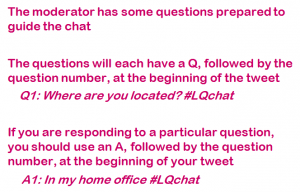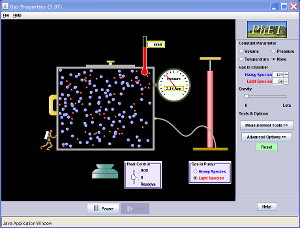Every month, there is a #SciStuChat Twitter chat for students all over North America to communicate with scientists on a different theme. In October, the theme is “Surviving a year in space” and the chat will be Thursday (October 8) from 9-10PM:
Astronaut Scott Kelly is spending a year in space on the International Space Station, and his Russian counterpart cosmonaut Mikhail Kornienko is doing the same thing. On Sept 15 they reached the halfway point of the#yearinspace. The major purpose of the #yearinspace is to learn the demands the human body requires to make the trip to Mars.
You can find more information here. Since some of you have not participated in a Twitter chat before, I put a few tips together. This is an optional activity, but I recommend it. You will have the opportunity to ask real scientists questions!
If you want to see tweets during the chat
- Go to https://twitter.com/hashtag/SciStuChat
- Under the #SciStuChat banner, select “Live”
- As new tweets come in, you will be notified at the top of the page
If you want to participate
- Click on the Log-In link in the top right corner and enter your Twitter username and password
- To tweet, click on the Tweet button in the top right corner of the window. Don’t forget to add the #SciStuChat hashtag every time!
- Use the Q & A format.

- To respond to someone else’s tweet, use one of the buttons below their tweet:
I will be following along with you! Good luck!



